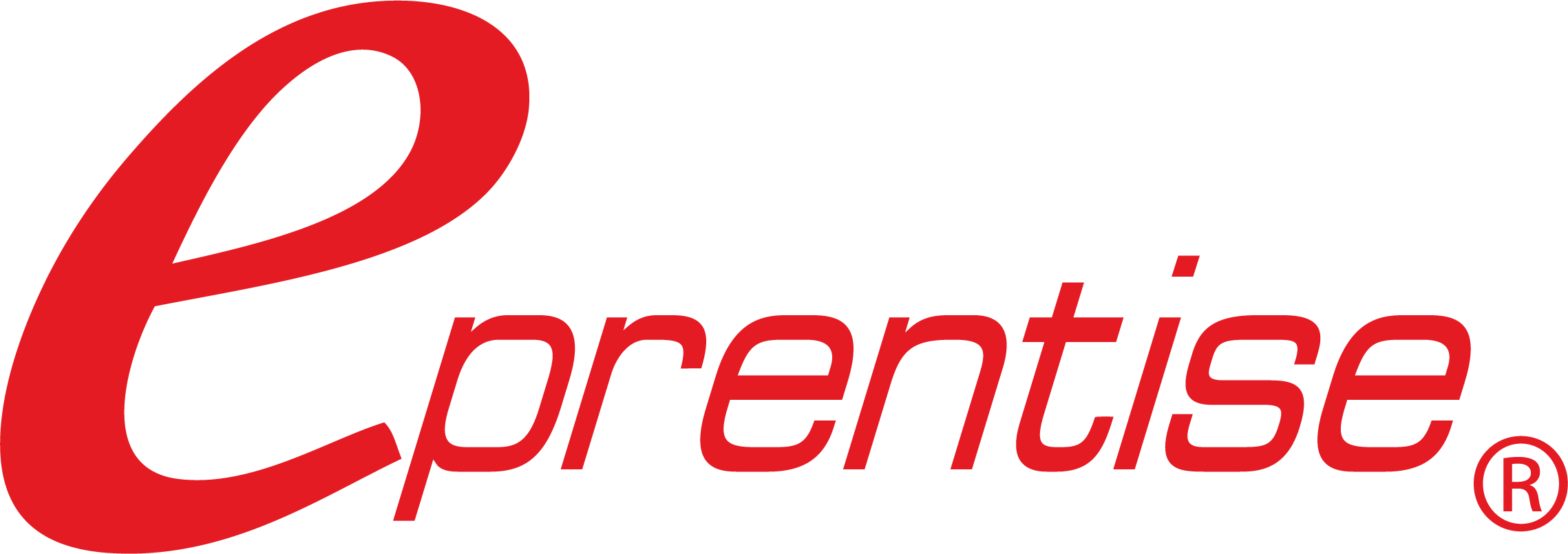Costing Method Change
Costing methods are a systematic approach to assign specific costs to different kinds of inventory. Oracle allows you to choose from Standard, Average, First-In-First-Out, and Last-In-First-Out when you implement EBS, but problems arise when you want to change to a different costing method later on. Oracle EBS supports average costing where the unit cost changes with each receipt transaction and the average represents the average of the incoming receipts from purchase order receipts and the cost of your assemblies. Oracle also supports standard costing where unit costs are set up in advance as an expected cost and component costs are defined using the projected average acquisition costs plus indirect costs. Standard costing provides a performance measurement system and all manufacturing and distribution activities are measured as variance against the expected costs. Other supported costing methods include FIFO (first-in, first-out), LIFO (values are based on the most recently received item (last-in) is the first to be used or sold (first-out)), and Periodic Costing.
Why would you want to change your Costing Method? It could be one of the following reasons:
- Market conditions have changed and another costing method becomes more profitable
- Business conditions have changed and a different costing method aligns better with your current business model
- Prior personnel did not understand the ramifications of initial decisions
- You’ve been acquired and have to use a different costing method
eprentise’s rules-based engine can help you change your costing methods without having to set up a new inventory org.


Features and Benefits

Example Scenarios

Highlighted Resources
- Pre-build, pre-tested transformation rules convert your Average to Standard costs or your Standard to Average costs (FIFO or LIFO conversions as well)
- No changes to open purchase orders or sales orders
- No impact to on-hand quantities in or out of stock
- No impact to onhand, in-transit, WIP quantities or values
- Reduced time, risk, and disruption
- Identification of all related data to determine the impact of changes made
- Less time, lower risk, and significantly less disruptive than setting up new inventory organizations. No need to set up all the modules in the new inventory orgs or copy/transfer BOMs and routings to the new organization, clear in-transit quantities, change ship-to or deliver-from addresses on all open purchase orders or sales orders.. No need to set up new workorders, or transfer the on-hand inventory.
- The ability to maintain history to have consistency in reporting and in business processes
Change in Materials Costs: If you manufacture steel, you may have set up EBS with a standard costing method, but now that steel prices are on the rise it is likely more profitable to use an average costing method.
Change in Production Costs: If you produce furniture that used to be handmade and expensive to manufacture, but now opened a new factory that can handle more volume with consistency, providing your business with a more stable environment, you may want to simplify your accounting by transitioning from an average costing method to a standard costing method.
- Read our Reorganization Datasheet
- Review these slides from expert Doug Volz: Who Said Changing Cost Methods With Discrete Costing Can’t be Done?
- Watch these webinars:

